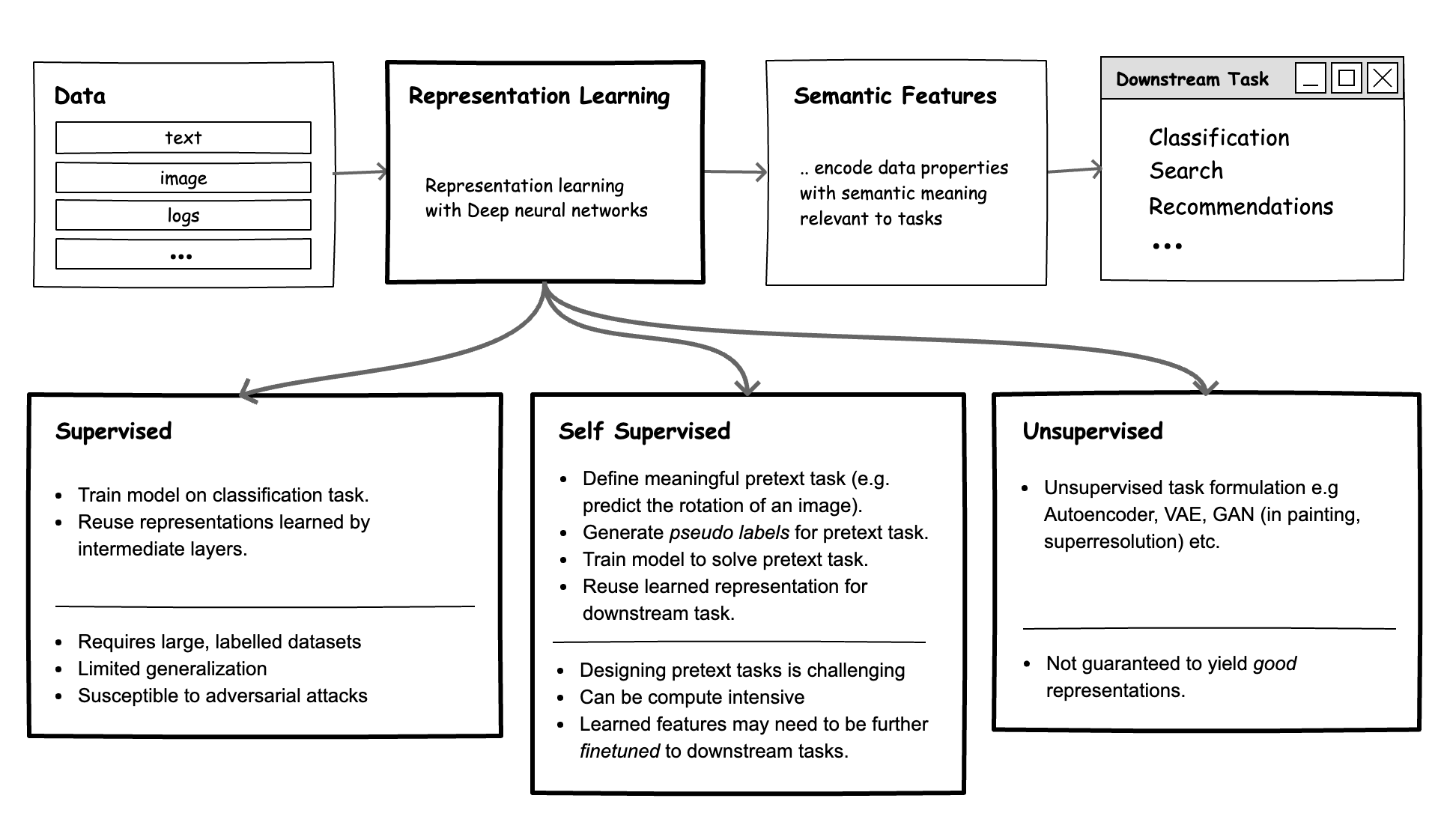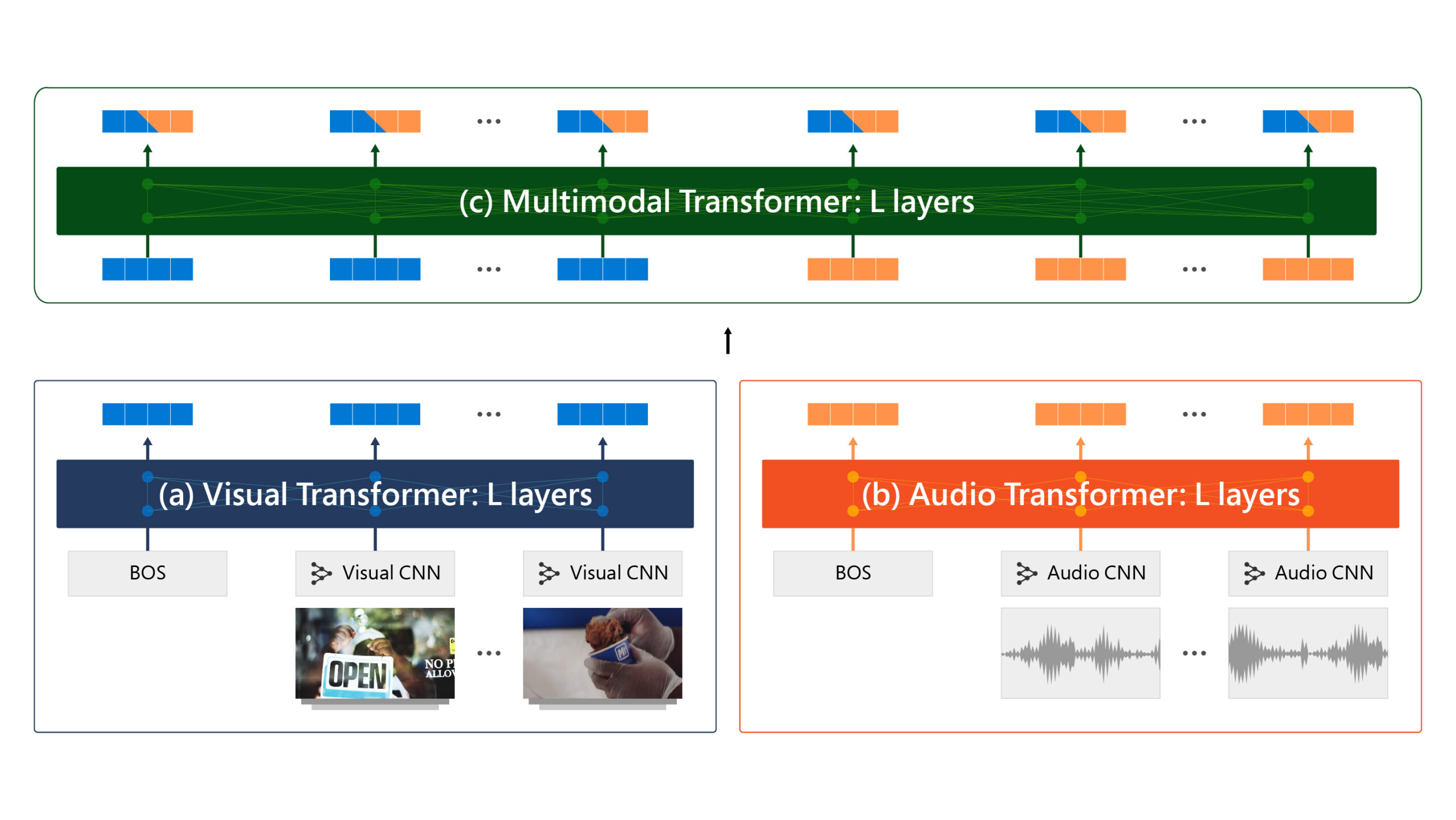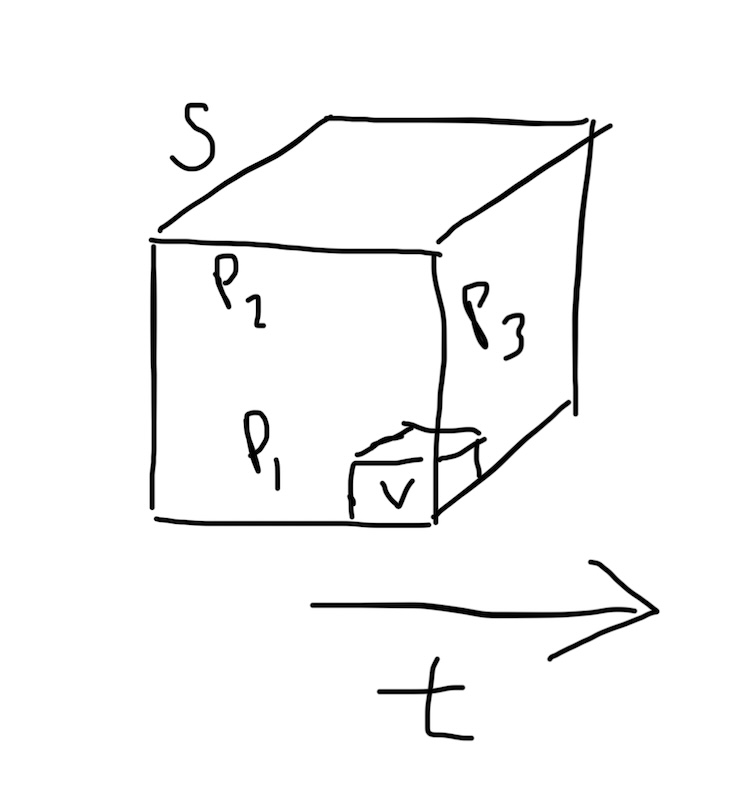
Representation Learning 101 for Software Engineers
Deep Neural Networks (DNNs) have become a particularly useful tool in building intelligent systems that simplify cognitive tasks for users. Examples include: neural search systems that identify the most relevant results given a natural language or image query, recommendation systems that provide personalized recommendations based on the user’s profile, and few-shot face verification systems.
The performance of many of these systems is gated on their ability to create representations (or features) of data with semantic meaning - numbers that truly encode the meaning of each data point with respect to the current task. For example, suppose a customer has a picture of an outfit they like. To enable the customer to find relevant clothes like it in our database, we need good measures of relevance that compare the user’s picture and all items in the database. Similarly, to recommend the right products to users based on their profiles, we also need high quality measures of relevance e.g., a measure of similarity between a user and all products.
DNN models are the tool of choice in realizing such systems, because they excel at learning semantically meaningful representations. However, across many real-world use cases, these models need to be carefully designed to fit both the task and data.




















.png)
